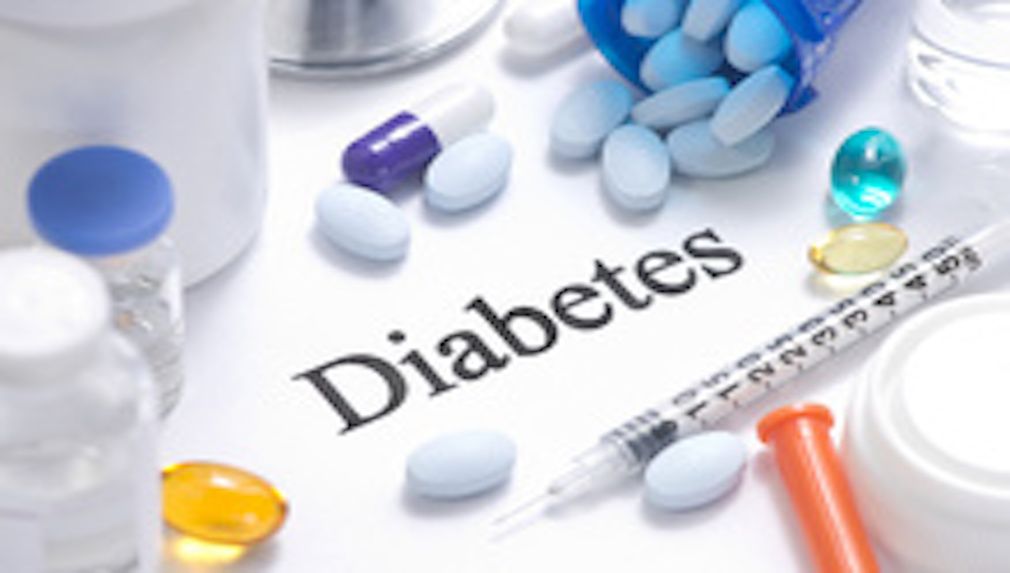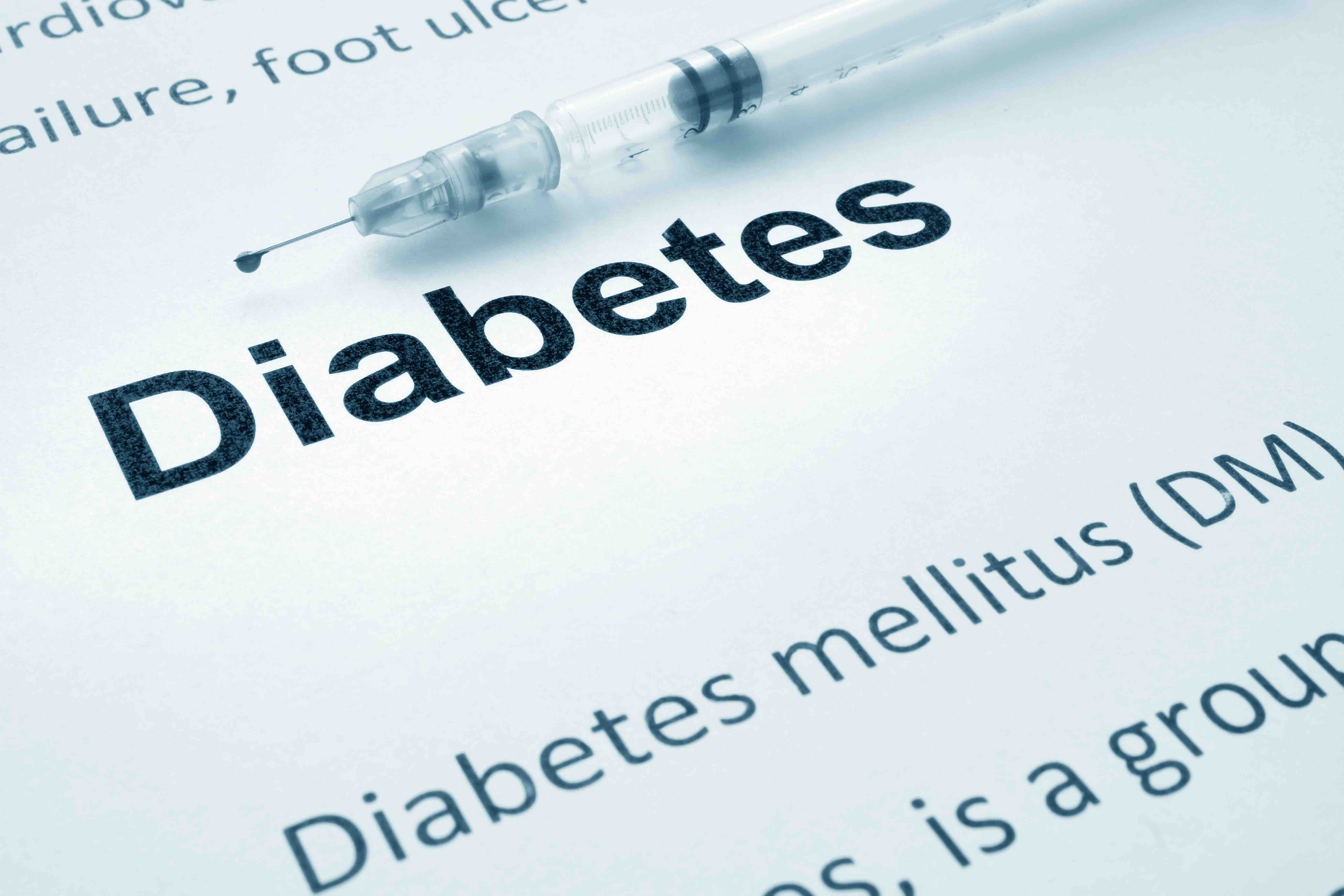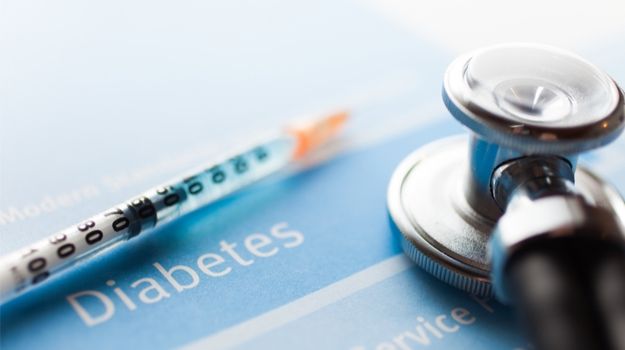Article
Dairy Consumption Inversely Associated With Diabetes Risk
Author(s):
A recent study found that participants who consumed dairy had a lower risk of receiving a diabetes diagnosis compared with those who did not eat dairy and those who ate too much dairy.
The amount of dairy consumed by people can determine the likelihood of a diagnosis of diabetes, according to a new study published in Frontiers in Nutrition that was conducted in China. Participants who consumed between 0.1 and 100 g/day had the lowest risk of diabetes.
Diabetes affected approximately 425 million people worldwide in 2015 and is expected to increase to about 629 million by 2040. A total of 10.6% of China’s total population has diabetes. The present study aimed to identify the correlation between dairy consumption and risk of diabetes, as dairy consumption in China is much lower than other Western countries.
Data were collected from the3 ongoing prospective cohort study, China Health and Nutrition Survey, which had 10 rounds between 1989 and 2015. The researchers used data from 1997, 2000, 2004, 2006, 2009, 2011, and 2015, as these were the years that dietary data codes were available for the participants. The baseline for each participant was based on the time each entered the cohort.
Participants were excluded if they were 17 years or younger at baseline, had missing complete dietary data, had a total energy intake of 500 to more than 4500 kcal/day, had a body mass index (BMI) of more than 40 kg/m2, or had fewer than 2 visits in the study.
Dietary data was collected using a 3-day 24-hour recall, where participants recalled food intake, except for oil, salt, and condiments, within 24 hours of the survey. Dairy consumption was defined as the total consumption of liquid milk, powdered milk, yogurt, and other dairy products, and this was divided into 3 groups: no consumption, 0.1 to 100 g/day, and more than 100 g/day. There were 15,512 participants in this study, where the mean age was 43.4 years and 47.6% were male.
Eighty percent of the participants had not consumed dairy, 14.0% consumed 0.1 to 100 g/day, and 6.1% consumed more than 100 g/day. Participants with higher consumption were older, had smoked, and had lower levels of education and income compared with the other participants. BMI and physical activity levels increased with dairy consumption.
A median follow-up of 9.0 years found that 2.5% of participants had newly diagnosed cases of diabetes. A multivariable adjustment found 47% lower risk of diabetes among participants who consumed 0.1 to 100 g/day of dairy (HR, 0.53; 95% CI, 0.38-0.74). A similar relationship was found when adjusting for food and nutrient consumption, with the risk here being 40% lower (HR, 0.60; 95% CI, 0.43-0.86). Participants who consumed more than 100 g/day had no association with risk of diabetes.
Men who consumed 0.1 to 100 g/day of dairy had a 50% lower risk of diabetes (HR, 0.50; 95% CI, 0.31-0.80) compared with men who did not consume dairy. A similar relationship was found after adjustment for food and nutrient consumption, in that a 39% lower risk of diabetes was seen (HR, 0.61; 95% CI, 0.37-0.98).
There were some limitations to this study. Diabetes was self reported, which could sway the results. In addition, blood tests were only collected in 2009 and limited biomarkers were measured, and thus types of diabetes could not be distinguished, and dairy types were not distinguished due to low dairy consumption in the population, which could lead to inconsistencies between these findings and other such studies.
The researchers concluded that a moderate consumption of dairy products could alleviate the risk of diabetes in the Chinese population.
Reference
Yang Y, Na X, Xi Y, et al. Association between dairy consumption and the risk of diabetes: a prospective cohort study from the China Health and Nutrition Survey. Front Nutr. Published online September 26, 2022. doi:10.3389/fnut.2022.997636.





